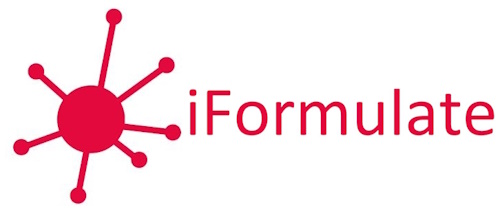
By David Calvert 6th March 2024
At iFormulate, we have long been proponents of a structured, yet flexible, approach to formulation which we have commonly called the “Design for Formulation” approach. This has been embraced by many of our clients and has formed a part of a number of customised training and workshop sessions. During these projects, we have taken clients through the approach with specific reference to their products (frequently with a Non-Disclosure Agreement in place).
Over the next few weeks, we thought it would be of value to go through the process and its different stages. Before delving into these, it is important to make the case for a structured process in the first place and that is the purpose of this first article.
In many mature organisations the development of formulations has taken an organic, evolutionary approach and often when you step back and take an objective view of the process the phrase “if I were you, I wouldn’t start there” can come to mind. Whilst this can lead to a successful development, there can often be issues such as:
· A late product launch
· High production costs
· An unreliable process
· Batch failures due to formulation not being robust
· Inability to change manufacturing site or equipment
· No flexibility in raw material suppliers
· Loss of expertise and experience
Whilst there is no guarantee that our preferred development process will eliminate all of these issues, it will minimise the risk of these occurring.
When outlining the process, we aim to remove some of the mystique and perceived bureaucracy of a well-structured approach. It cannot be denied that knowing what you did, why you did it and what the results were is not valuable and can be of significant benefit when starting new projects. Even with developments such as artificial intelligence (AI), there will always be the need for experience and subjecting decisions to some friendly scrutiny.
Through the next few weeks, we will expand on how to maximise benefits from the “Design for Formulation” approach and the next article will look at some of the terminology and how these help to drive the process

